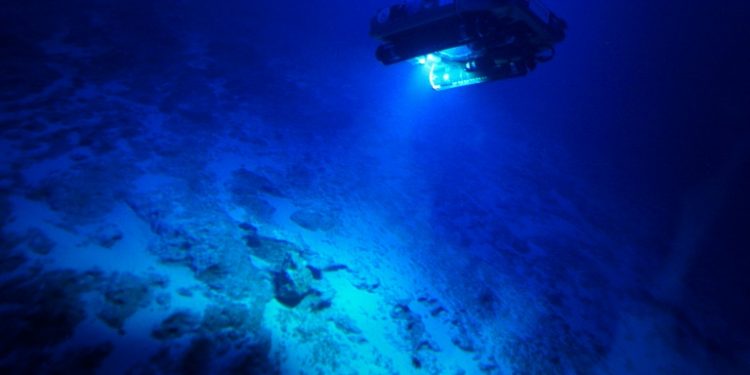Chicago: Researchers from Northwestern University in Evanston, Illinois said they have discovered a vast reservoir of water beneath the earth’s surface. This underground water source lies approximately 700 kilometers beneath us.
The revelation of this immense water reservoir came as researchers were investigating the source of Earth’s water. Their findings, detailed in a 2014 study titled “Dehydration melting at the top of the lower mantle,” shed light on the existence of this colossal ocean beneath our feet.
The ocean is hidden within a blue rock known as ringwoodite which lies 700 kilometres underground in the mantle – which is the layer of hot rock between Earth’s surface and its core, the study said.
The sheer size of this reservoir has led to speculation that Earth’s oceans may have gradually seeped out from the planet’s interior. In fact, the subterranean mega water body is estimated to be three times the volume of all the planet’s surface oceans combined.
Steven Jacobsen of Northwestern University commented, “It’s good evidence that the Earth’s water came from within,” highlighting the significance of this discovery.
Using 2000 seismometers and analyzing seismic waves from over 500 earthquakes, Jacobsen’s team was able to identify the presence of water deep within the Earth’s interior. These seismic waves, which travel through the Earth’s interior and reach the core, provide valuable insights into the composition of the planet.
Jacobsen explained, “They make the Earth ring like a bell for days afterwards,” emphasizing the sensitivity of these instruments in detecting subtle changes within the Earth.
Furthermore, Jacobsen’s findings are supported by another study from 2014, where scientists from the University of Alberta in Edmonton, Canada examined a diamond from the transition zone of the Earth. This diamond, brought to the surface in a volcano, contained water-bearing ringwoodite, providing further evidence of the presence of water deep within the Earth.
The transition zone, located between approximately 410 and 660 kilometers below the Earth’s surface, marks the boundary between the upper and lower mantle. It is characterized by significant changes in temperature, pressure, and mineral composition, making it a key area of study for researchers exploring the Earth’s deep interior.
PNN







































